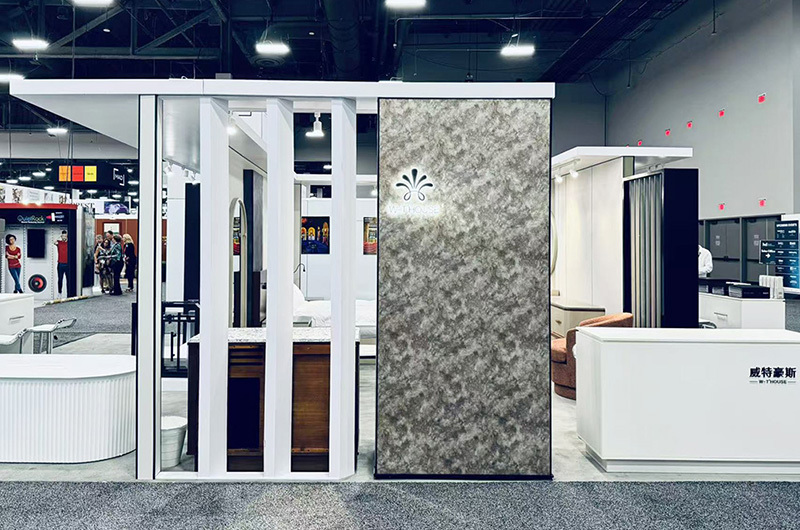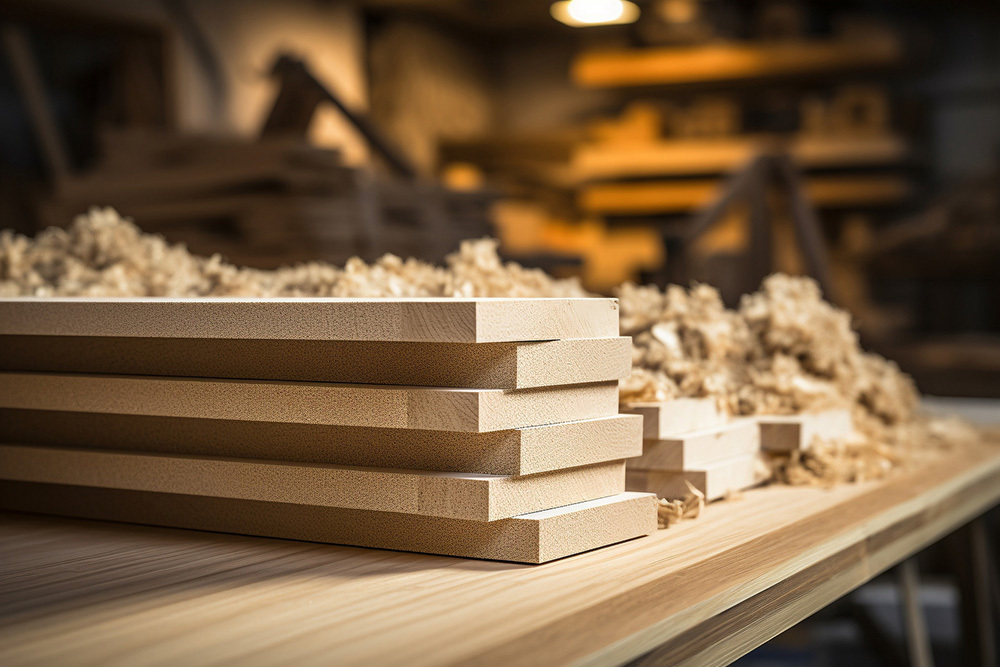News Center
Transforming Spaces: The Art of Hotel Furniture Design
Transforming Spaces: The Art of Hotel Furniture Design
When you step into a hotel, what's the first thing you notice? The ambiance, right? And a huge chunk of that vibe is dictated by the hotel furniture. From plush armchairs in the lobby to sleek desks in the rooms, every piece plays a pivotal role in crafting a memorable experience. So, let’s dive into the world of hotel furniture and explore how it transforms spaces!
The Importance of Hotel Furniture
Hotel furniture isn't just about filling up space. Oh no, it's an art form! It enhances functionality, aesthetics, and comfort, all while reflecting the hotel’s brand identity. Think about it: a cozy couch invites guests to linger, while an elegant dining table encourages them to indulge in culinary delights. It's all about creating that perfect balance!
Key Factors in Hotel Furniture Design
Now, let’s break it down a bit. When designing hotel furniture, several factors come into play:
- Functionality: Is it comfortable? Does it serve its purpose?
- Aesthetics: Does it look good? Does it fit the theme?
- Durability: Will it withstand the wear and tear of daily use?
- Branding: Does it reflect the hotel’s image and values?
Each piece of hotel furniture must tick all these boxes to create an inviting atmosphere!
Case Study: The Luxe Hotel Experience
Let’s take a peek at a real-life example. The Luxe Hotel in downtown Chicago has become a case study in effective hotel furniture design. With its modern decor, the hotel features an array of furniture that offers both style and comfort. The lobby showcases minimalist sofas paired with vibrant accent chairs, inviting guests to relax or mingle.
In the guest rooms, you’ll find functional desks designed for business travelers but with plush bedding that screams luxury. The blend of materials—think soft fabrics, polished wood, and sleek metals—creates an inviting yet sophisticated vibe. Guests rave about the comfort, which, let’s face it, is a big win!
Sustainable Trends in Hotel Furniture
Oh, and here’s a hot topic: sustainability! Today’s travelers are more eco-conscious than ever. Hotels are stepping up their game by incorporating sustainable materials into their furniture choices. Bamboo beds, recycled plastics, and responsibly sourced woods are becoming the norm. Not only does this appeal to green-minded guests, but it also adds a unique touch to the hotel’s character.
Future of Hotel Furniture
As we look ahead, the future of hotel furniture design is ripe for innovation. With the rise of technology, smart furniture is making its way into hotel rooms. Imagine a bed that adjusts to your sleeping position or a desk with built-in charging stations for all your gadgets. The possibilities are endless!
Moreover, the integration of local artistry into hotel furniture is gaining traction. More hotels are showcasing regional crafts, giving guests a taste of the local culture right in their rooms. It’s a win-win: guests enjoy unique designs, and local artisans get a platform to shine.
Final Thoughts
In the grand scheme of hospitality, hotel furniture is often underrated. But as we’ve seen, it plays a crucial role in shaping guest experiences. From functionality to aesthetics, every piece contributes to the overall vibe of the establishment. So, the next time you check into a hotel, take a moment to appreciate the thoughtful design behind the furniture. It’s not just furniture; it’s a carefully curated experience!
Related News
Notice on Issuing Our Company's Zero Carbon Commitment
We hereby announce the company's zero carbon commitment.
Ningbo House HOTEL Furniture Co., Ltd. Expresses Gratitude for the Las Vegas Exhibition in May
In May, Ningbo House HOTEL Furniture Co., Ltd. had a remarkable presence at an exhibition in Las Vegas. This event was not only a showcase of the company's products but also a platform for building connections and exploring new opportunities in the international market.
Market trends in the furniture industry
Furniture retailing was negatively impacted during the recession as consumers cut back on non-essential spending, but now demand has increased. In fact, the U.S. furniture industry has outpaced the U.S. economy in recent years. While the housing market has improved and discretionary spending has increased, we will see this growth continue. By 2019, the global furniture and floor covering market is expected to reach $695 billion.






